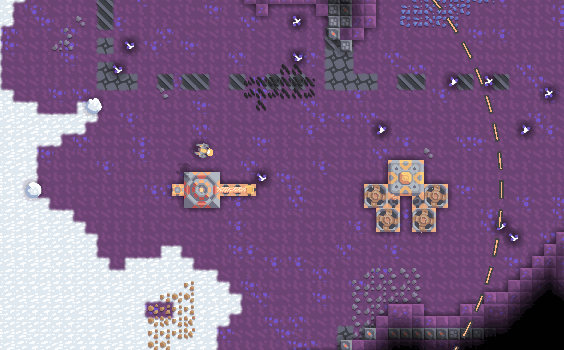6.0 Progress Report #3
This is the third (and final) development update concerning 6.0, the next major update for Mindustry. For the second part, see here.
In terms of content, 6.0 is practically done. I've added all the units, blocks & new mechanics I had planned, and all that's left is balancing and further campaign implementation.
[h2]Units[/h2]
[h3]More T4/5 Units[/h3]
Finishing up the "boss" category, I've created T4 &T5 units for the support & naval unit production trees. Here are a few of them.
 T5 naval unit (w/ on-board unit factories)
T5 naval unit (w/ on-board unit factories)
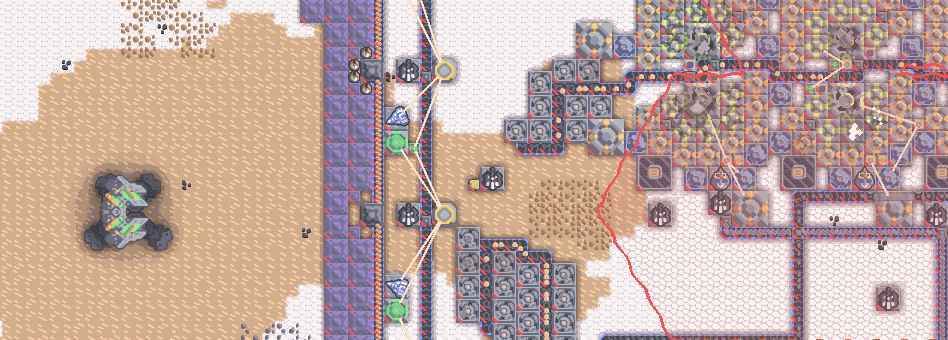 T5 "support" mech
T5 "support" mech
 T5 air support: does not have any weapons, but can be used as a mobile shield, resupply point & heavy unit transport. 4x4 blocks and most T5 ground units can be picked up and dropped near enemy bases.
T5 air support: does not have any weapons, but can be used as a mobile shield, resupply point & heavy unit transport. 4x4 blocks and most T5 ground units can be picked up and dropped near enemy bases.
[h3]Unit Control[/h3]

The unit command system has been changed. Now, any player-controlled unit can command units that are of the same type and of similar size.

Units under the command of players will mimic most of their actions - shooting, mining, building, item transfer and payload drops will be copied.

[h3]Unit Logic[/h3]
The logic system is now capable of controlling units. This can be used to do a number of things, including:
 automated unit item transport systems
automated unit item transport systems
 automatic building of blocks
automatic building of blocks
 custom AI that follows or guards certain players or structures
custom AI that follows or guards certain players or structures
 configurable mining setups
configurable mining setups
...and more.
[h2]Blocks[/h2]
[h3]Turrets[/h3]
Two new turrets have been added since the last development preview: the Tsunami and Foreshadow.

The Tsunami is a tier 2 version of the Wave turret. Like the Wave, it is able to put out fires and spray liquid projectiles at enemies, with debilitating status effects. As one might expect, it has higher range and increased damage.
The original implementation for this turret was made on Github by Slava0135, while the sprite was made by EyeOfDarkness.

The Foreshadow is a long-range sniper turret. While it is large and expensive to maintain, the range of its projectiles is far above that of any other turret. These projectiles do not pierce, and are intended to be a counter to large T4/T5 units.
[h3]New Terrain & Maps[/h3]
I've added a few new terrain blocks for mapmakers to use. These probably won't show up in the campaign, but they will be used in 4 new custom maps.
Dirt & Mud
Space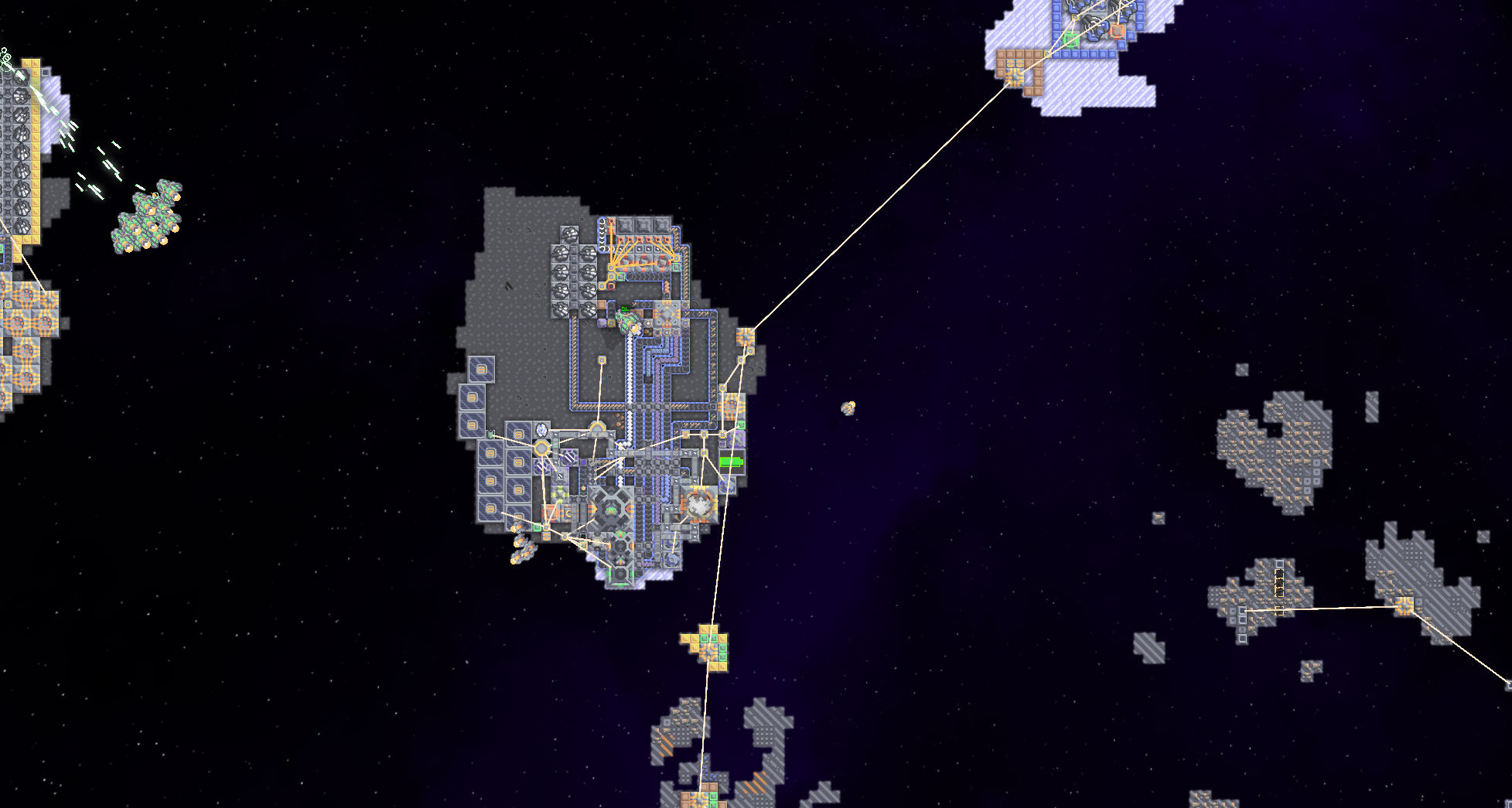
Slag
Dacite (previously known as Holostone, for some reason)

[h3]Better Replacement[/h3]
Most 1x1 blocks (e.g. power nodes, walls) will be replaceable with larger variants. Conveyors will now save their contents during upgrades, while batteries will save their contained power when being replaced.


I've decided to set a more specific release date of December 1st, which will be in slightly more than a month from this post. This date isn't final - if something comes up, or I underestimate the amount of work needed, I may have to postpone release.
In terms of content, 6.0 is practically done. I've added all the units, blocks & new mechanics I had planned, and all that's left is balancing and further campaign implementation.
Current Progress
[h2]Units[/h2]
[h3]More T4/5 Units[/h3]
Finishing up the "boss" category, I've created T4 &T5 units for the support & naval unit production trees. Here are a few of them.
 T5 naval unit (w/ on-board unit factories)
T5 naval unit (w/ on-board unit factories) T5 "support" mech
T5 "support" mech T5 air support: does not have any weapons, but can be used as a mobile shield, resupply point & heavy unit transport. 4x4 blocks and most T5 ground units can be picked up and dropped near enemy bases.
T5 air support: does not have any weapons, but can be used as a mobile shield, resupply point & heavy unit transport. 4x4 blocks and most T5 ground units can be picked up and dropped near enemy bases.[h3]Unit Control[/h3]

The unit command system has been changed. Now, any player-controlled unit can command units that are of the same type and of similar size.

Units under the command of players will mimic most of their actions - shooting, mining, building, item transfer and payload drops will be copied.

[h3]Unit Logic[/h3]
The logic system is now capable of controlling units. This can be used to do a number of things, including:
 automated unit item transport systems
automated unit item transport systems automatic building of blocks
automatic building of blocks custom AI that follows or guards certain players or structures
custom AI that follows or guards certain players or structures configurable mining setups
configurable mining setups...and more.
[h2]Blocks[/h2]
[h3]Turrets[/h3]
Two new turrets have been added since the last development preview: the Tsunami and Foreshadow.

The Tsunami is a tier 2 version of the Wave turret. Like the Wave, it is able to put out fires and spray liquid projectiles at enemies, with debilitating status effects. As one might expect, it has higher range and increased damage.
The original implementation for this turret was made on Github by Slava0135, while the sprite was made by EyeOfDarkness.

The Foreshadow is a long-range sniper turret. While it is large and expensive to maintain, the range of its projectiles is far above that of any other turret. These projectiles do not pierce, and are intended to be a counter to large T4/T5 units.
[h3]New Terrain & Maps[/h3]
I've added a few new terrain blocks for mapmakers to use. These probably won't show up in the campaign, but they will be used in 4 new custom maps.
Dirt & Mud

Space

Slag

Dacite (previously known as Holostone, for some reason)

[h3]Better Replacement[/h3]
Most 1x1 blocks (e.g. power nodes, walls) will be replaceable with larger variants. Conveyors will now save their contents during upgrades, while batteries will save their contained power when being replaced.


Tentative Release Date
I've decided to set a more specific release date of December 1st, which will be in slightly more than a month from this post. This date isn't final - if something comes up, or I underestimate the amount of work needed, I may have to postpone release.

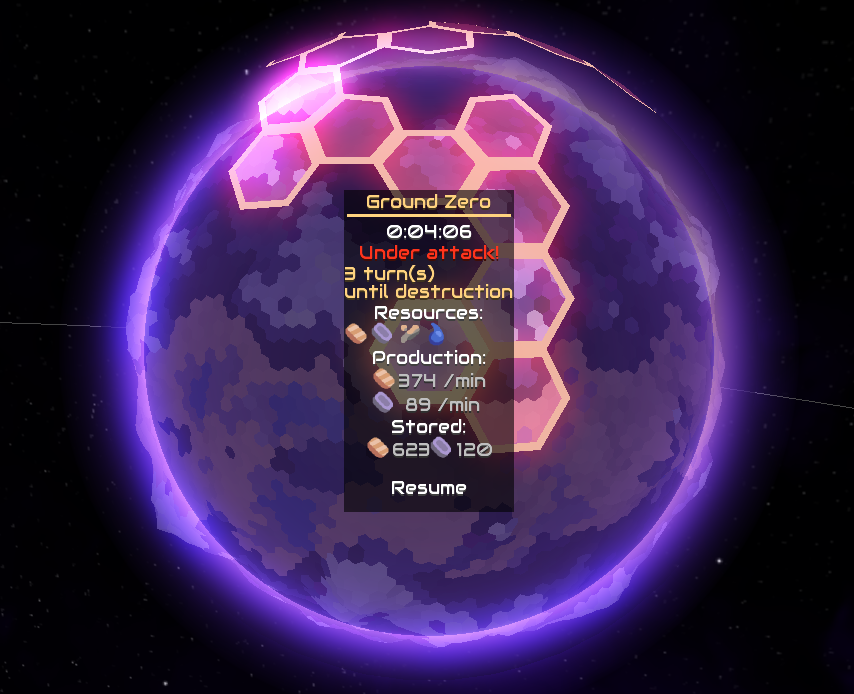
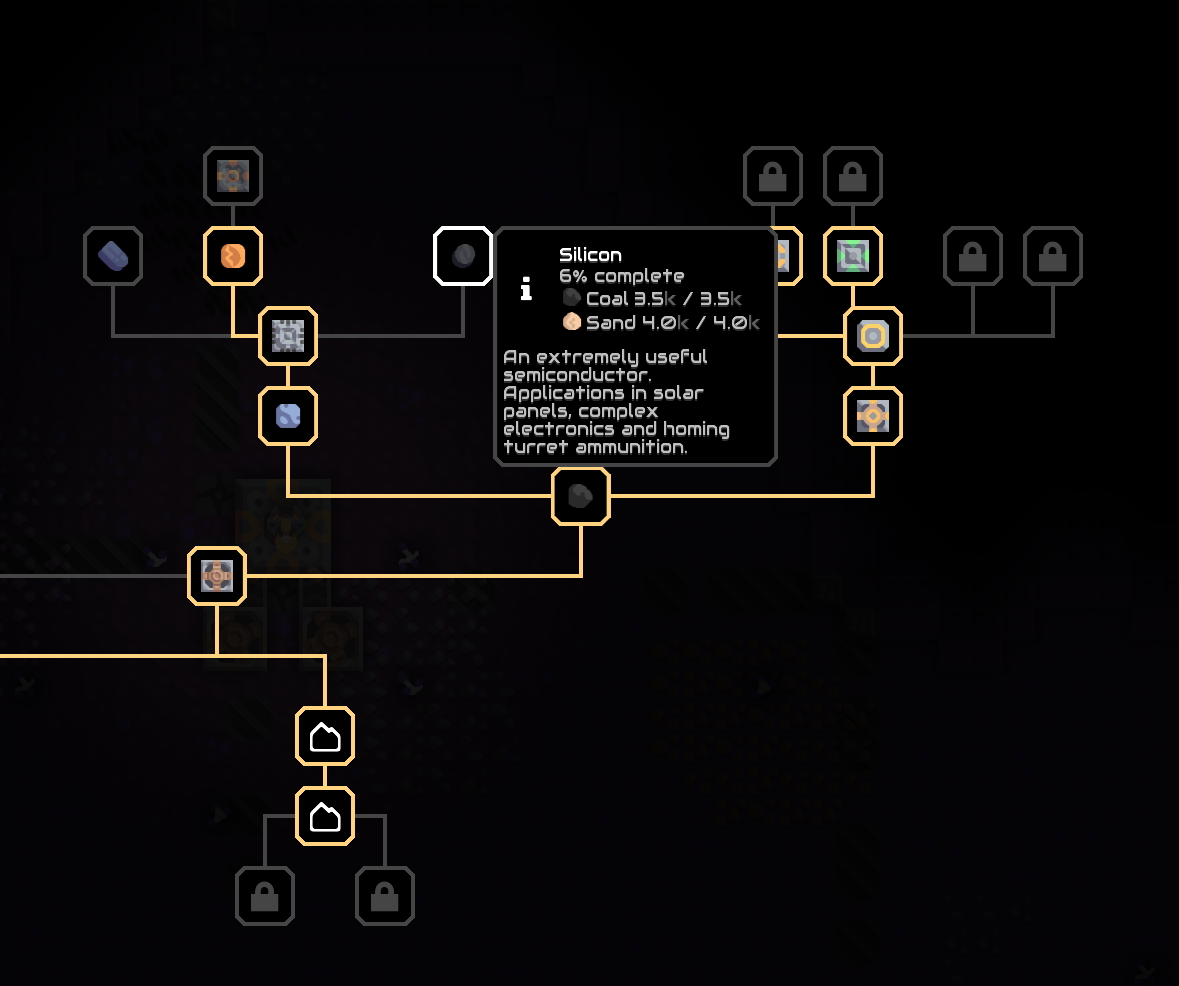








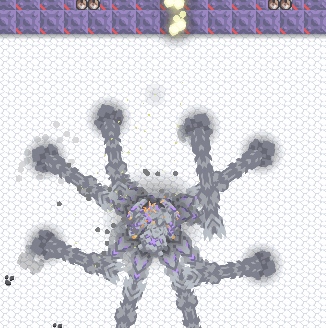







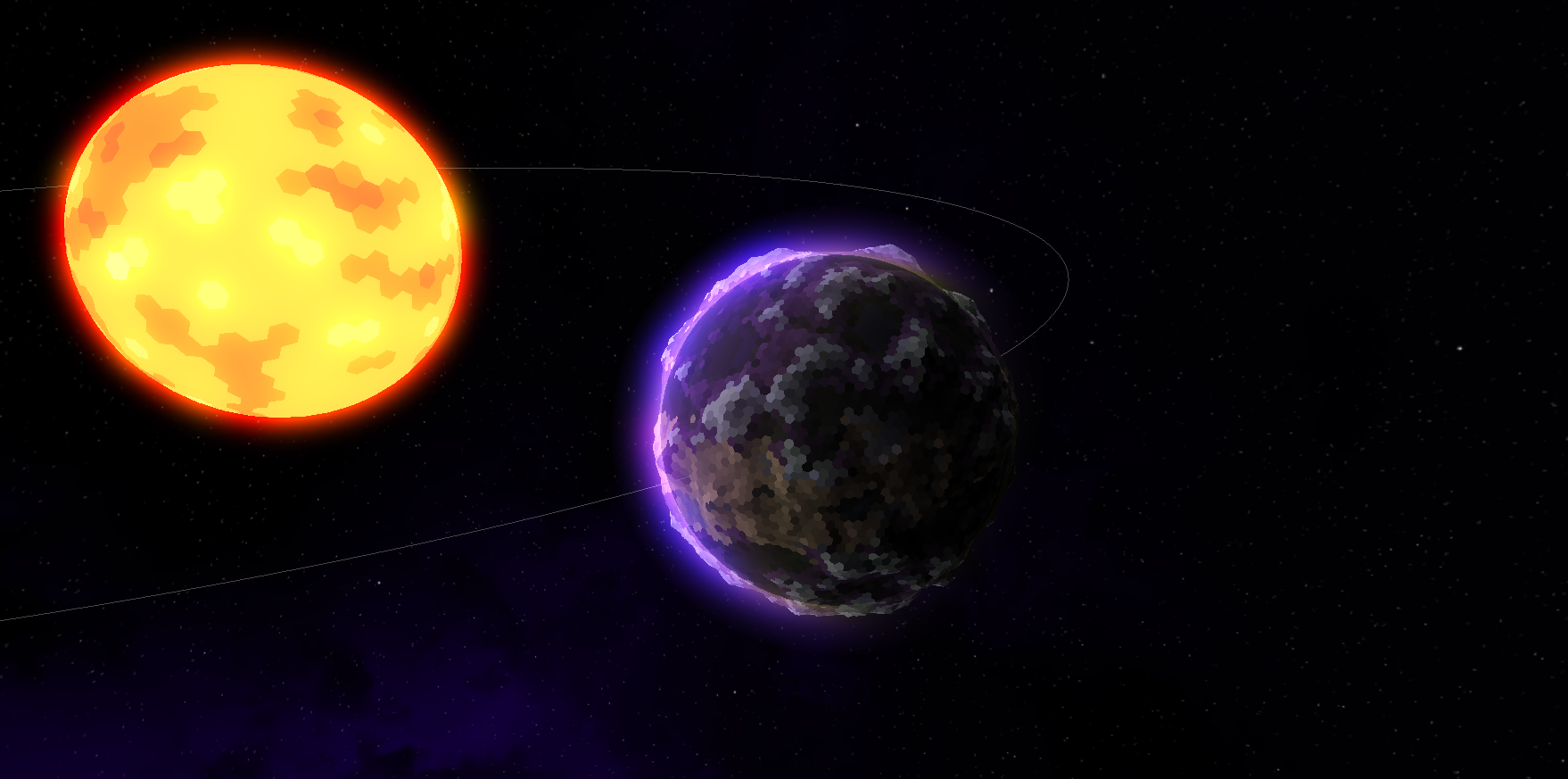






 Note that the unit shown is just a prototype that uses the Eradicator body.
Note that the unit shown is just a prototype that uses the Eradicator body.









